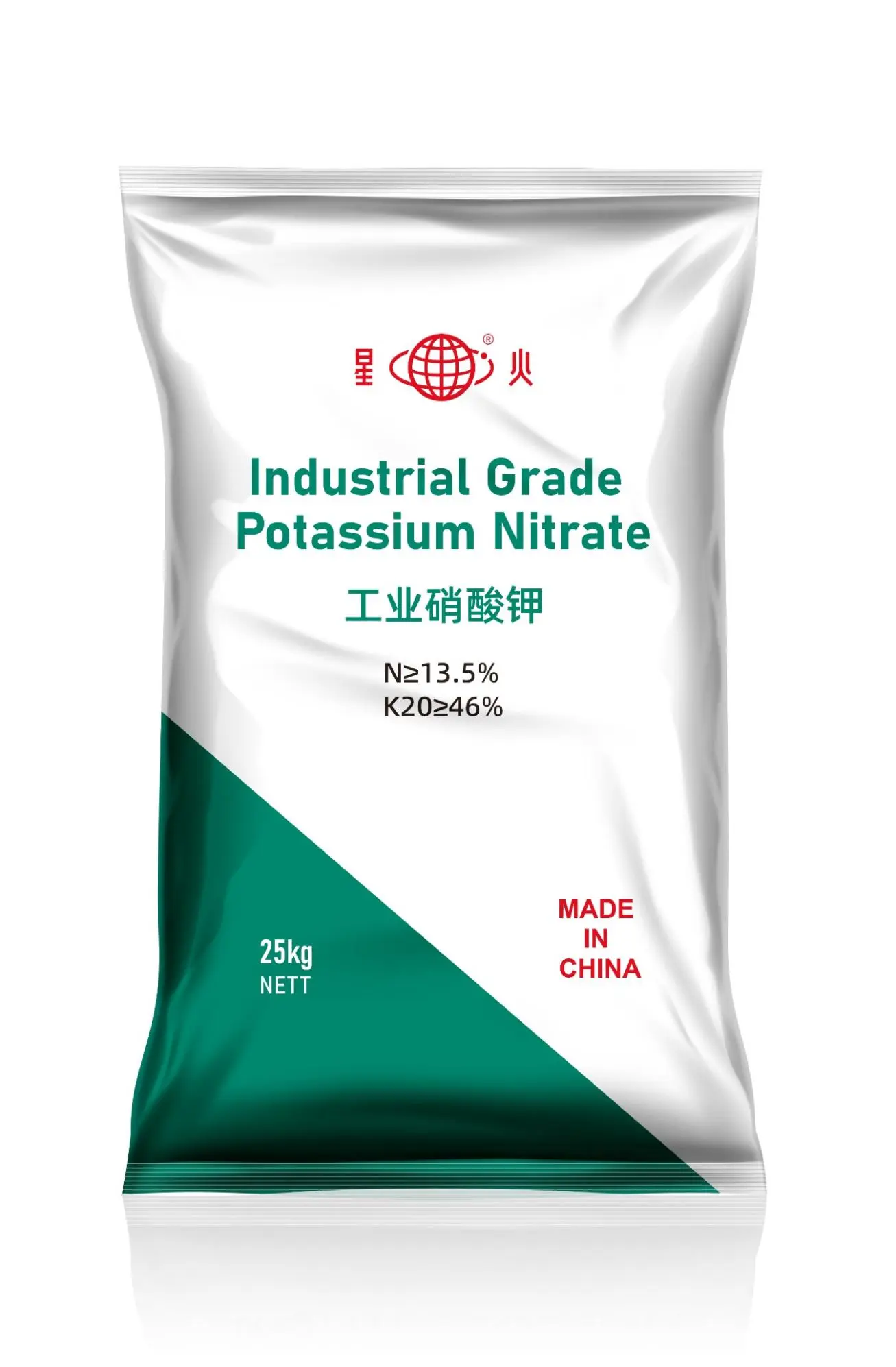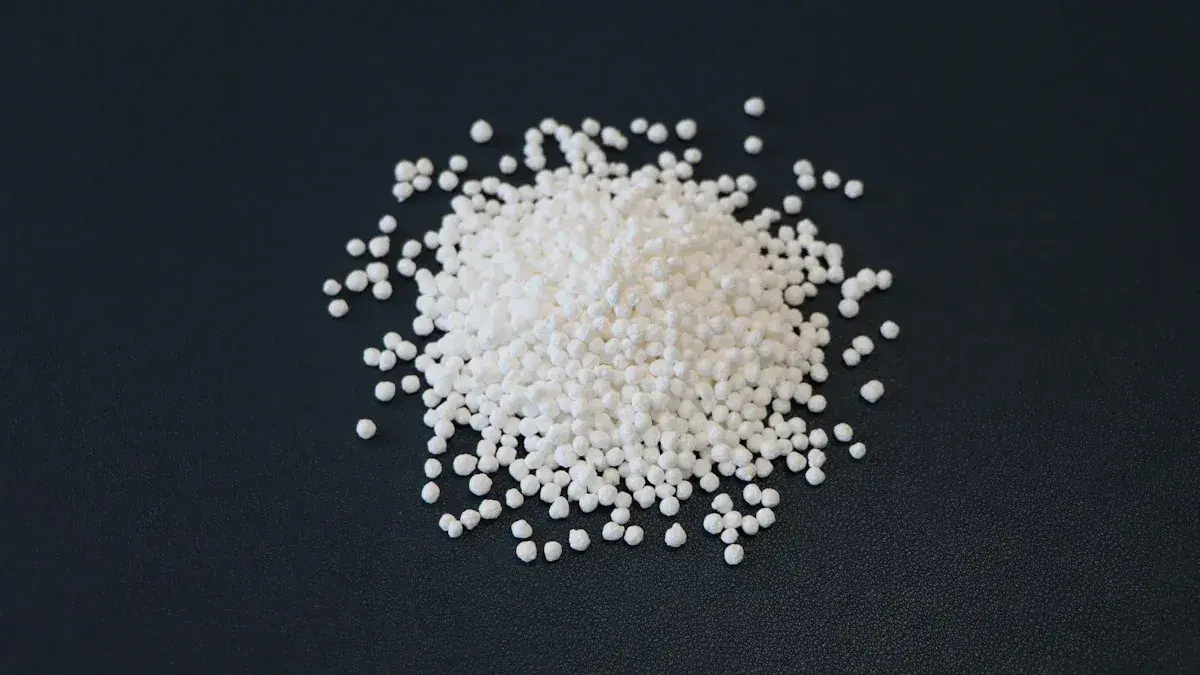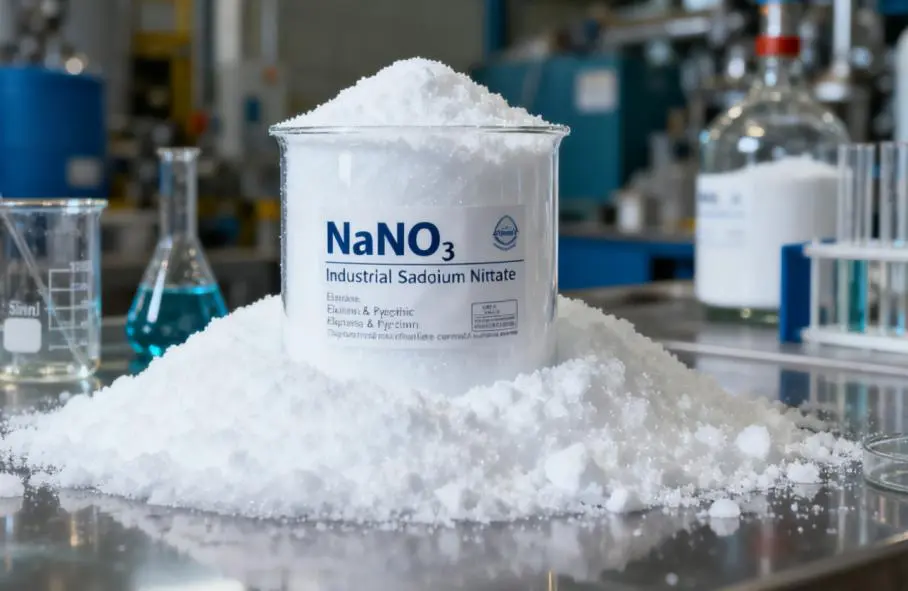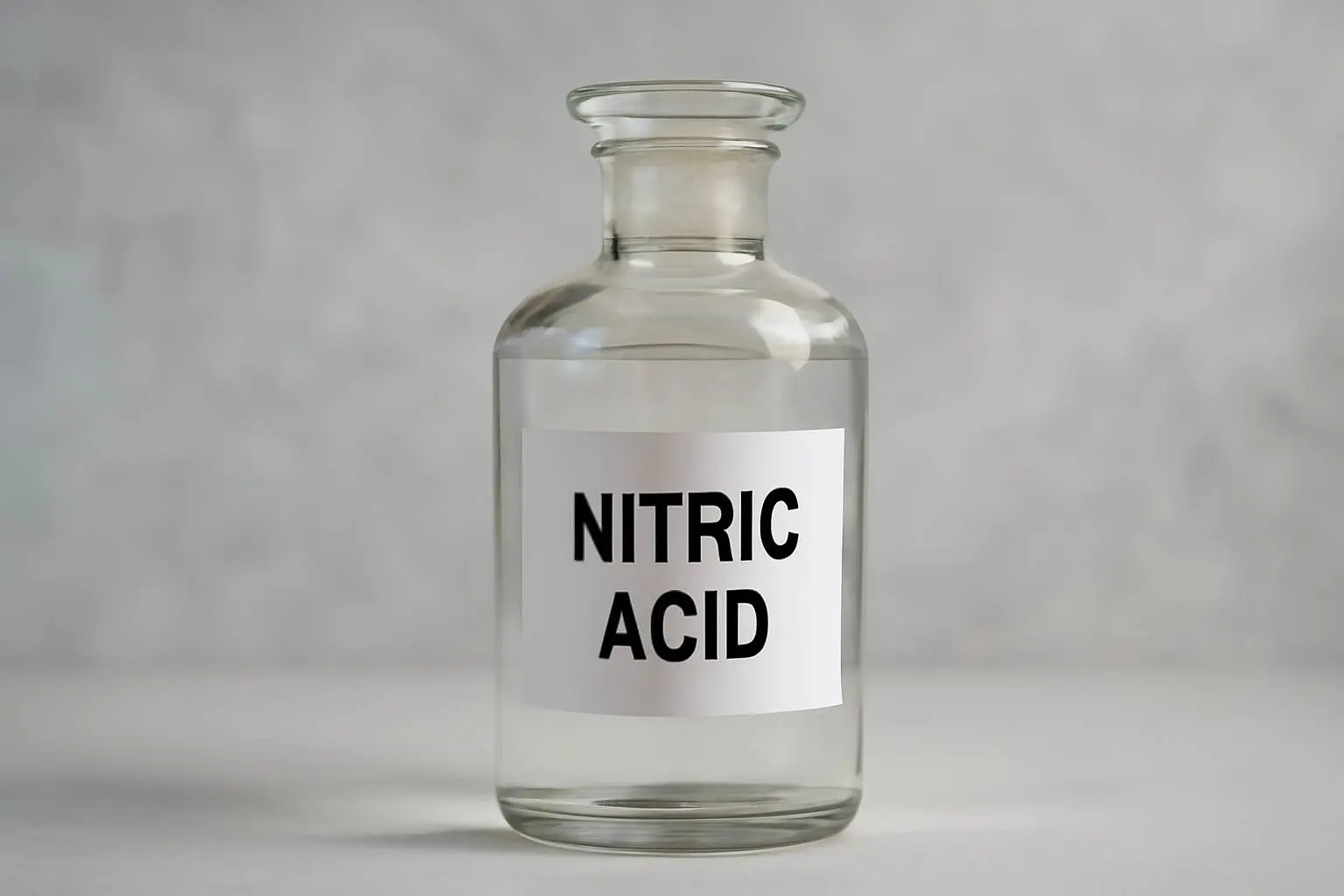Fuming Nitric Acid vs Concentrated Nitric Acid Explained
When you compare Concentrated Nitric Acid and fuming nitric acid, you notice that the fuming type contains more HNO3 and gives off strong fumes. Take a look at this table to see the difference in concentration:
| Type of Nitric Acid | Percentage of HNO3 |
|---|---|
| 90% Fuming Nitric Acid | 90% |
| 98% Fuming Nitric Acid | 98% |
Definition and Composition
Concentrated Nitric Acid
You often see concentrated nitric acid in science labs and factories. This acid contains a high percentage of nitric acid (HNO₃) mixed with water. Most commercial concentrated nitric acid has about 68% HNO₃, which is called the azeotropic mixture. Chemically pure nitric acid usually has a concentration of 67%. Some grades can reach upwards of 85%, but these are less common.
Here is a table showing the typical concentrations you might find:
| Concentration | Description |
|---|---|
| 68% HNO₃ | Ordinary concentrated nitric acid of commerce |
| 67% | Chemically pure nitric acid |
| Upwards of 85% | Higher concentration grades available |
| 98% | White and Red Fuming Nitric Acid grades |
Concentrated nitric acid looks colorless when pure, but it can turn yellow or brown as it gets older. This color change happens because nitrogen oxides dissolve in the acid. You might notice red fumes if the acid is strong. The density of a 68% solution is about 1.41 g/cm³, and the boiling point is 121°C. Pure nitric acid boils at 78.2°C and has a density of 1.51 g/cm³.
Tip: Always store concentrated nitric acid in a cool, dry place. The acid can break down over time and release harmful gases.
Fuming Nitric Acid
Fuming nitric acid is even stronger than the concentrated type. You can recognize it by its reddish-brown color and sharp smell. This acid contains a very high percentage of HNO₃ and extra nitrogen dioxide (NO₂) dissolved in it. The NO₂ gives the acid its color and makes it release visible, toxic fumes.
For example, 90% fuming nitric acid has about 90% HNO₃ and 10% NO₂ and water. The 98% grade contains about 98% HNO₃, with only 2% NO₂ and water. The more NO₂ in the acid, the darker and more dangerous it becomes.
Here are some physical characteristics you might notice:
- Liquid with red fumes
- Density increases as NO₂ content rises
- Boiling point is around 83°C
You should handle fuming nitric acid with extra care. The fumes can harm your lungs and eyes quickly.
Key Differences
You can spot several differences between concentrated nitric acid and fuming nitric acid. The main difference is the concentration of HNO₃ and the amount of nitrogen dioxide. Fuming nitric acid contains more HNO₃ and NO₂, which makes it more reactive and hazardous. Concentrated nitric acid has less HNO₃ and little to no NO₂, so it is safer for most lab tasks.
Here is a table comparing the two types:
| Property | 90% Fuming Nitric Acid | 98% Fuming Nitric Acid |
|---|---|---|
| Composition | 90% nitric acid, 10% NO₂ and water | 98% nitric acid, 2% NO₂ and water |
| Reactivity | Less reactive, for controlled reactions | More aggressive, for tough jobs |
| Applications | Used for nitration and etching | Used for rapid material removal |
| Environmental Risk | Lower NO₂ fumes | Higher NO₂ fumes |
You should choose concentrated nitric acid for regular experiments and industrial work. Use fuming nitric acid only when you need strong reactivity, such as in advanced chemical processes. Always remember that fuming nitric acid is much more dangerous and needs strict safety measures.
Properties, Uses, and Safety
Physical and Chemical Properties
You can identify nitric acid by its strong smell and clear or reddish color. Concentrated nitric acid usually looks colorless, but it may turn yellow or brown as it ages. Fuming nitric acid stands out because it releases visible, toxic fumes and often appears reddish-brown.
Take a look at this table to compare melting and boiling points:
| Substance | Melting Point | Boiling Point |
|---|---|---|
| Concentrated Nitric Acid | -41 °C | 122 °C |
| Fuming Nitric Acid | -42 °C | 120.5 °C |
Fuming nitric acid contains more nitrogen dioxide, which makes it more volatile and reactive. You will notice that it reacts quickly with metals and organic compounds. The higher the concentration, the stronger the reaction. Here is a table showing how reactivity changes with concentration:
| Concentration | Application Type | Reactivity Description |
|---|---|---|
| 90% | Chemical Synthesis | Used for controlled nitration reactions and oxidizing organic compounds. |
| 98% | Chemical Synthesis | Ideal for aggressive nitration reactions, used in high-energy material synthesis. |
| 90% | Materials Testing | Etches metals with controlled action, reducing over-etching risk. |
| 98% | Materials Testing | Provides stronger oxidizing effect for rapid material removal in harder materials. |
You should remember that both acids are corrosive and can damage skin, eyes, and lungs. Fuming nitric acid is especially dangerous because it releases more toxic fumes.
Common Uses
You will find concentrated nitric acid in many industries and laboratories. Here are some of its most common uses:
- Production of fertilizers, such as Ammonium Nitrate
- Manufacturing explosives, including TNT and nitroglycerin
- Purification of metals like gold and platinum
- Cleaning agent in food processing facilities
- Component in adhesives and furniture coatings
- Reagent for evaluating metal corrosion resistance
- Etching metals and ceramics in photographic and imaging studies
- Synthesis of active pharmaceutical ingredients (APIs)
- Demonstrating chemical principles in educational labs
Fuming nitric acid is used for more specialized tasks. You will see it in places where strong oxidizing power is needed. Here is a table showing its main applications:
| Application Area | Description |
|---|---|
| Explosives Manufacturing | Used in the production of explosives like TNT due to its strong oxidizing properties. |
| Specialty Chemicals Production | Serves as a key raw material for synthesizing pharmaceuticals, dyes, and other industrial chemicals. |
| Semiconductor Cleaning | Employed to remove organic residues and oxide layers from silicon wafers during fabrication. |
| Aerospace and Defense | Utilized for corrosion resistance and surface treatment of metals in aerospace components. |
| Pharmaceutical Synthesis | Important for synthesizing pharmaceutical intermediates and active pharmaceutical ingredients (APIs). |
You should choose the right type of nitric acid for your project. Fuming nitric acid works best when you need rapid reactions or strong oxidizing effects.
Safety and Handling
You must treat both concentrated and fuming nitric acid with great care. These acids can cause severe burns, eye damage, and breathing problems. Fuming nitric acid is especially hazardous because it releases toxic fumes that can harm your lungs.
Tip: Always work in a well-ventilated area or under a fume hood when handling nitric acid.
Here are important safety steps you should follow:
- Wear acid-resistant gloves, eye protection, face shields, and a full-face respirator if needed.
- Use chemical-resistant clothing and closed-toe shoes.
- Store nitric acid in dedicated containers made of HDPE, fluorinated plastics, or glass.
- Keep storage areas cool, dry, and well-ventilated. Avoid direct sunlight and heat sources.
- Label containers clearly and keep them tightly closed.
- Maintain emergency equipment like eyewash stations and safety showers nearby.
If you spill nitric acid, contain it with absorbent materials like sand or sawdust. Dilute the acid with water after containment and dispose of the neutralized material according to local regulations. Chronic exposure to acid vapors or nitrogen oxides can irritate your eyes, throat, and lungs. It can also damage local vegetation and lower air and water quality.
If you come into contact with nitric acid, rinse the affected area with plenty of water and seek medical help right away. Here is a quick guide for first aid:
| Contact Type | Recommended Action |
|---|---|
| Eye | Irrigate immediately |
| Skin | Water flush immediately |
| Breathing | Respiratory support |
| Swallow | Medical attention immediately |
You must follow strict rules for storing and transporting nitric acid. Use approved containers and keep the acid away from flammable materials and reducing agents. For concentrations above 70 percent, transport only by cargo aircraft in special packaging.
Note: Compliance with OSHA and EPA regulations is crucial for safe handling and reporting of nitric acid quantities.
When disposing of waste nitric acid, dilute it first and neutralize with bases like sodium hydroxide or sodium bicarbonate. Always wear protective equipment and monitor the pH to ensure complete neutralization.
You should know that fuming nitric acid and concentrated nitric acid differ in concentration, volatility, and hazard level.
- Both acids are toxic and corrosive. Inhalation or contact can cause severe injuries.
- Accidents often involve children, with high mortality rates after ingestion.
When choosing between them, follow these steps:
- Check your application’s reactivity needs.
- Use strict safety measures.
- Review local regulations for safe disposal.
FAQ
What makes fuming nitric acid more dangerous than concentrated nitric acid?
Fuming nitric acid releases toxic fumes and reacts faster. You can get hurt more easily if you breathe the fumes or touch the acid.
Can you use concentrated nitric acid instead of fuming nitric acid for experiments?
You can use concentrated nitric acid for most lab tasks. Fuming nitric acid works best when you need stronger reactions or faster results.
How should you store nitric acid safely at home or in a lab?
Store nitric acid in a cool, dry place.
Use containers made of glass or special plastic.
Keep the acid away from heat and sunlight.










